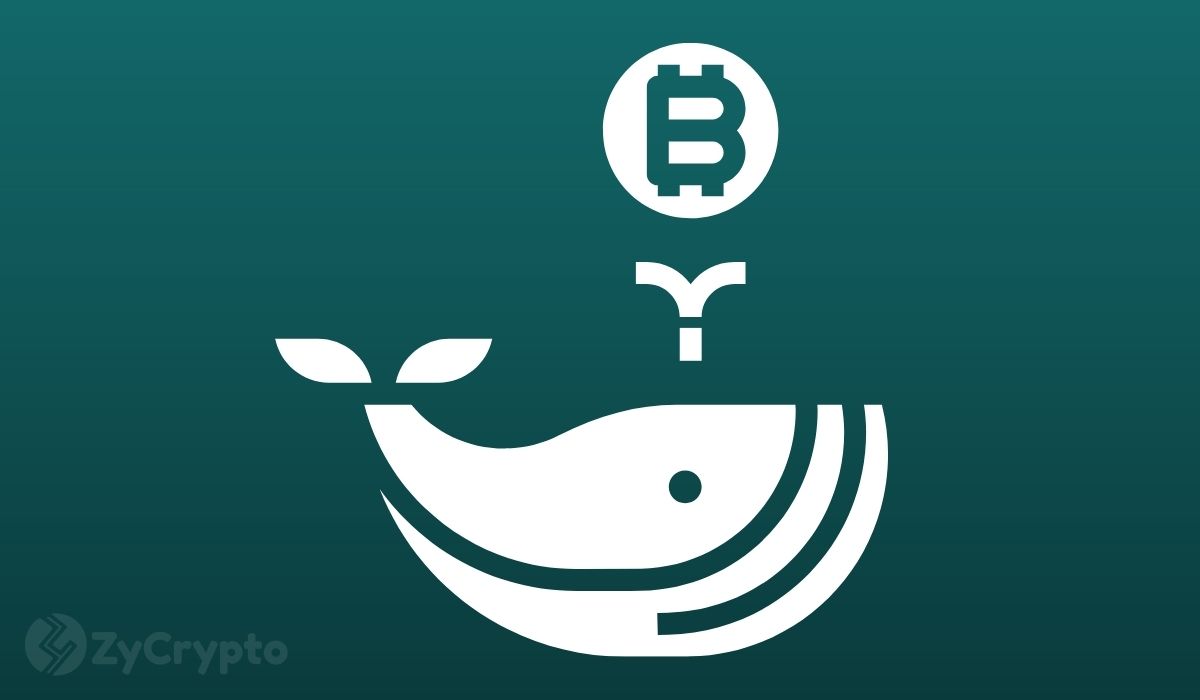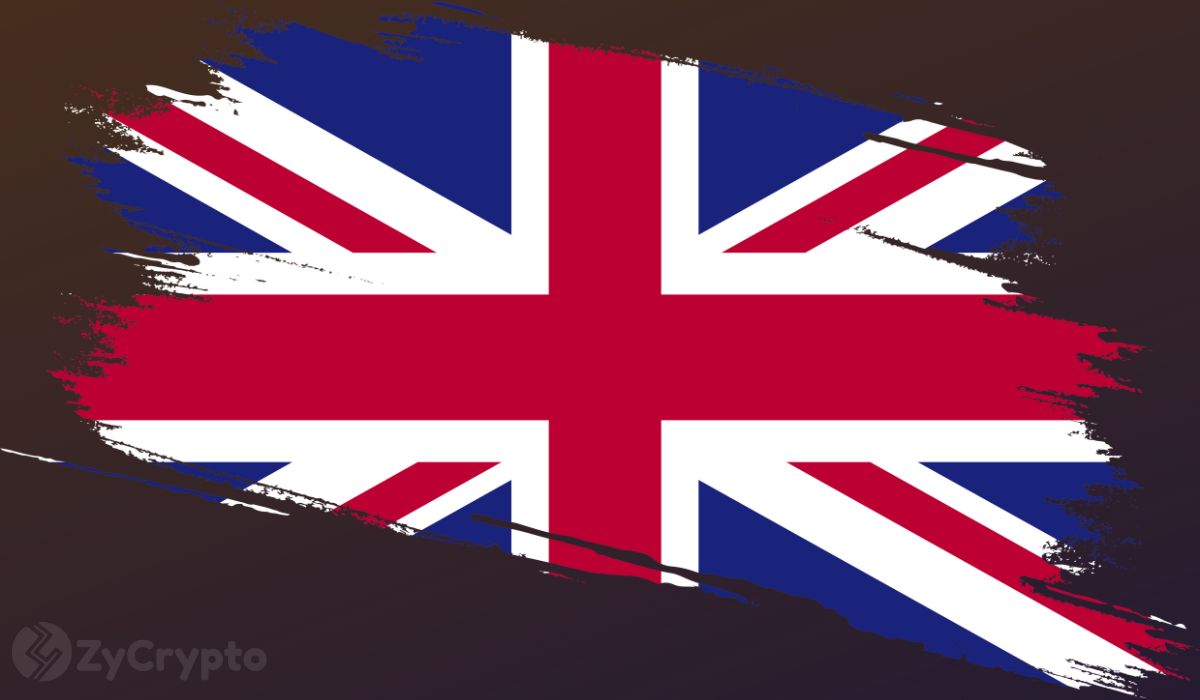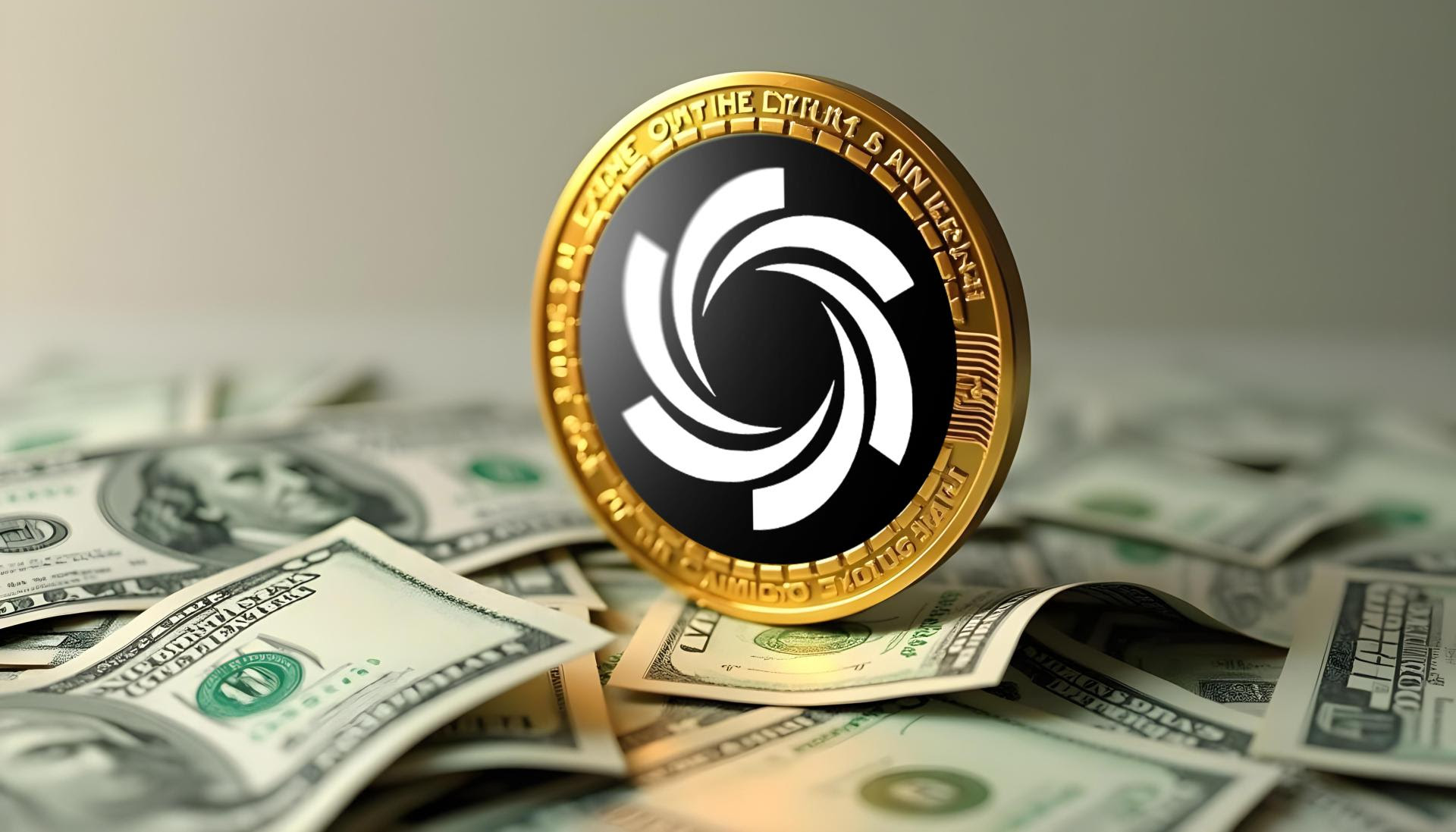ARTICLE AD BOX

Within a week of launching its Sonic Testnet Odyssey, Sonic, the first gaming L2 infrastructure to launch on Solana, reported processing over 17 million transactions and amassing over 100,000 unique wallets.
As the first atomic SVM Layer-2 designed exclusively for gaming on the Solana blockchain, the astounding milestone highlights the protocol’s enormous potential as well as its immense demand. In order to facilitate game development and execution on Solana, the protocol has a number of built-in features, such as extensible data types, a sandbox environment, and customized gaming primitives. It also takes use of Solana’s lightning-fast performance to provide the quickest on-chain video game experiences.
The protocol announced on X that it has amassed over 45,000 wallets and 3.2 million transactions in only 36 hours of the Sonic Testnet Odyssey. The most recent milestone points to an expedited adoption of its L2 infrastructure.
Users engaging with Sonic-based games account for a large percentage of transactions; these games have been connected with the Odyssey campaign, rewarding users who complete a transaction inside them. Jogojogo, Fomoney, Rage Effect, and Lowlife Forms are a few of these games.
Because of its robust memecoin boom incentives combined with simple onboarding, Solana is now the most retail-friendly blockchain network. But Solana gaming hasn’t been as successful as other crypto sector categories like DeFi, NFTs, and SocialFi, which is why the Sonic protocol is so exciting. With Sonic, developers may assist GameFi projects and efforts, as well as other projects looking for a home on Solana, by swiftly deploying their own, lightning-fast SBM chain.
Sonic, developed by Mirror World Labs, a two-year-old GameFi infrastructure firm, has already announced expansion plans such as ecosystem grants and accelerator programs to enable developers swiftly adopt the Sonic SVM and the HyperGrid Framework. By serving as a grid deployment kit and facilitating the rapid creation of new SVM environments to serve new games, HyperGrid makes it easier for developers to deploy virtual machines and game engines on Solana.
This new milestone comes after earlier this month’s $12 million Series A investment round for Sonic, which was headed by BITKRAFT and included participation from Galaxy Interactive, Big Brain Holdings, and other investors.
Recently, Sonic made the first significant upgrade to the Sonic Testnet Odyssey, increasing its speed and stability to meet the increased demand. Several successful game launches have already occurred, like the tap-to-earn game Snake Lite, which is based on Telegram and launched earlier this week.
Sonic’s team will be busy this summer as they will be hosting the Solana Kick Off: Shenzhen event in collaboration with RateX and participating in the Kyoto Web3 Gaming Summer event at #IVS2024 next month.
.png)
 1 year ago
11
1 year ago
11








 English (US)
English (US)